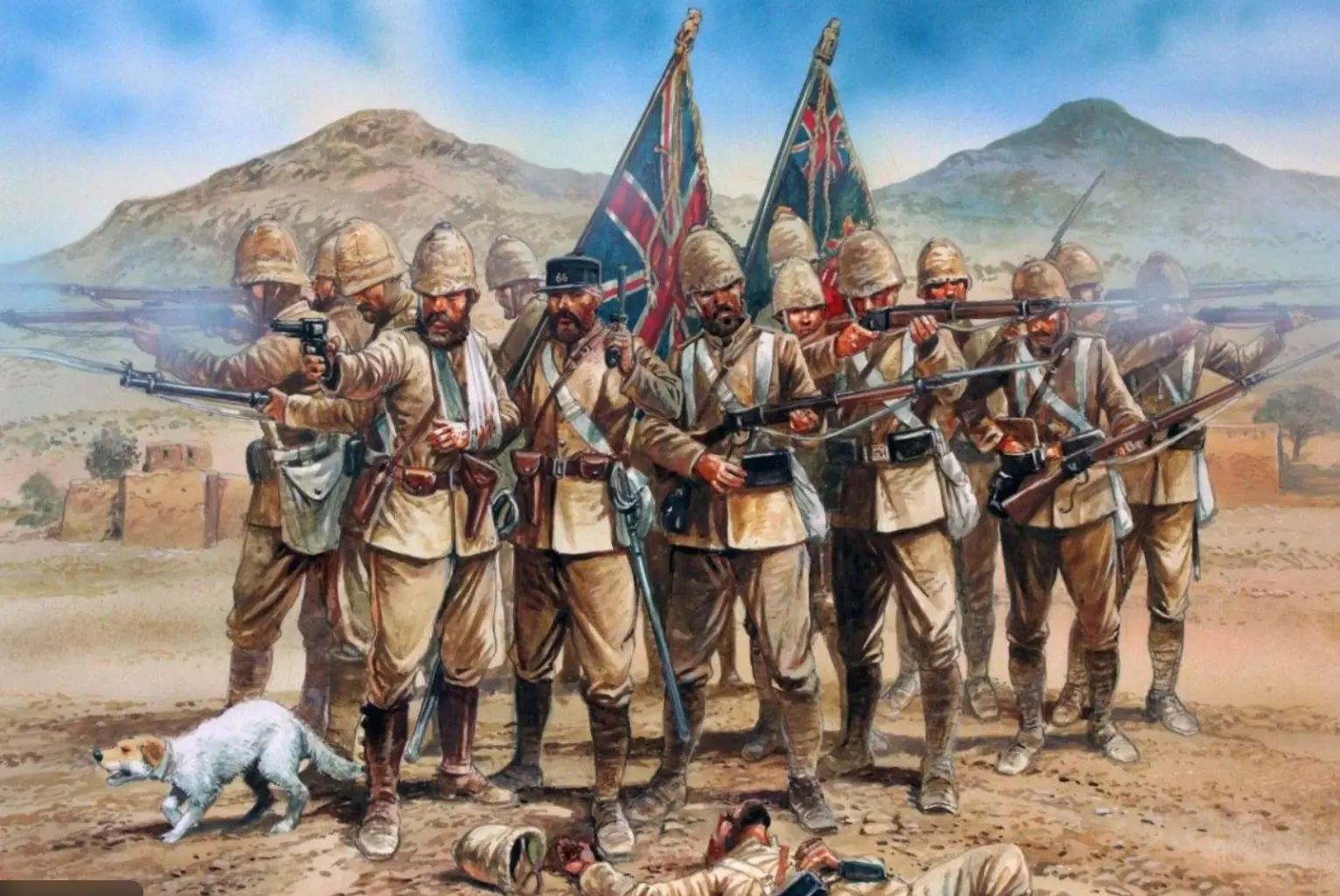It began with a march through the mountains—an imperial army, confident and colorfully arrayed, threading its way into the heart of Central Asia. The year was 1839, and Britain, fearing Russian influence in Afghanistan, sought to install a friendly ruler in Kabul. Thus commenced the First Anglo-Afghan War, a campaign that would end in one of the most devastating defeats in British military history.
The British forces, numbering around 21,000 troops, advanced with the intention of replacing Emir Dost Mohammad Khan with the exiled Shah Shujah Durrani. Initially, the campaign seemed successful; Kabul was occupied, and Shah Shujah was installed as ruler. However, the occupation was met with growing resistance from Afghan tribesmen, culminating in a massive uprising in 1841. The British garrison, attempting to retreat to Jalalabad in the harsh winter of 1842, was nearly annihilated. Of the thousands who set out, only a handful survived, with the rest falling to attacks, exposure, and starvation.
In response, the British launched a punitive expedition later that year, recapturing Kabul and exacting retribution before withdrawing entirely from Afghanistan. The war had cost Britain dearly, both in lives and reputation, and underscored the perils of military intervention in the region.
Decades later, in 1878, the Second Anglo-Afghan War erupted. This time, the British aimed to counteract Russian influence by demanding that Afghanistan accept a British envoy. When the Afghan ruler, Sher Ali Khan, refused, British forces invaded. The initial campaign led to the Treaty of Gandamak in 1879, granting Britain control over Afghan foreign affairs. However, the subsequent massacre of the British envoy in Kabul reignited hostilities. The British launched a second campaign, facing fierce resistance, notably at the Battle of Maiwand, where Afghan forces inflicted heavy casualties. Eventually, the British installed Abdur Rahman Khan as emir, who accepted British terms, and the war concluded with Britain maintaining significant influence over Afghan affairs.
The Third Anglo-Afghan War in 1919 was sparked by Afghanistan’s desire for full independence following World War I. Under Emir Amanullah Khan, Afghan forces launched attacks across the border into British India. Though the conflict was brief, lasting only a few months, it resulted in the Treaty of Rawalpindi, through which Britain recognized Afghanistan’s independence in foreign affairs. This marked the end of British attempts to control Afghanistan and the beginning of a new chapter in Afghan sovereignty.
The Anglo-Afghan Wars, spanning over eight decades, highlighted the challenges of imperial ambition in a region known for its fierce independence and complex tribal dynamics. Each conflict served as a lesson in the limits of military power and the resilience of the Afghan people.









































